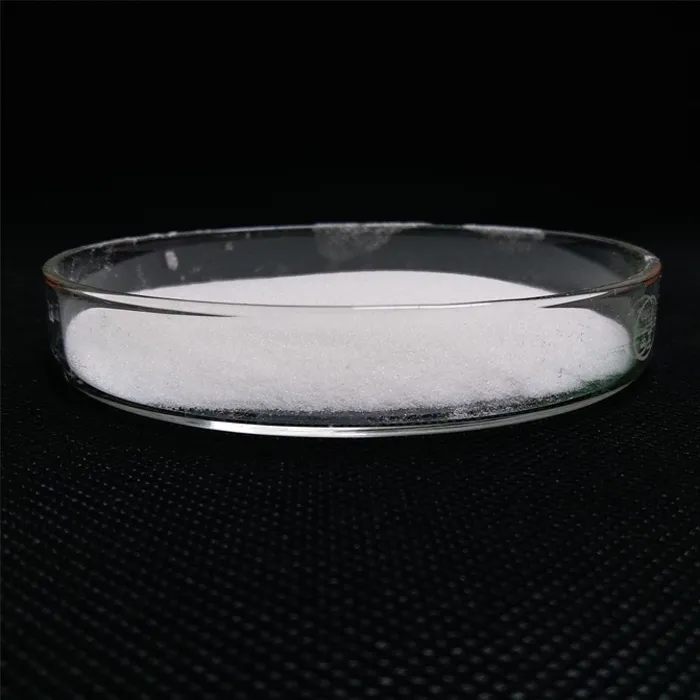An Overview of Anionic Polyacrylamide and Its Applications
Anionic polyacrylamide (anionic PAM) is a water-soluble polymer widely used in various industries due to its unique properties, including high molecular weight, viscosity, and anionic charge. This polymer is a derivative of polyacrylamide, which is synthesized through the polymerization of acrylamide monomers. The anionic nature of this polymer arises from the introduction of anionic groups, allowing it to interact effectively with positively charged particles, making it valuable in numerous applications, especially in water treatment.
Properties of Anionic Polyacrylamide
The key characteristics of anionic polyacrylamide include its ability to form viscous solutions in water, which enhances its effectiveness in various applications. The anionic charge imparts flocculation properties, allowing it to destabilize colloidal particles suspended in water. This includes its capability to reduce turbidity and improve the clarity of treated water, making it an essential ingredient in water purification processes.
In addition to its flocculating abilities, anionic PAM exhibits excellent sedimentation properties. When used in combination with other coagulants, it improves solid-liquid separation, leading to increased efficiency in waste treatment processes. Its high molecular weight also contributes to the higher viscosity of wastewater, facilitating the settling of solids and improving filtration and dewatering processes.
Applications of Anionic Polyacrylamide
1. Water Treatment One of the primary applications of anionic PAM is in water treatment, where it is used as a flocculant for municipal and industrial wastewater. It aids in the aggregation of suspended solids, leading to the formation of larger flocs that can be easily removed from the water. This makes it essential for treating sewage, industrial effluents, and other types of wastewater.
2. Agriculture In agriculture, anionic polyacrylamide is employed to improve soil structure and enhance water retention. By incorporating PAM into the soil, farmers can increase its ability to absorb water and nutrients, leading to improved crop yields. It also reduces soil erosion by stabilizing the soil structure, making it particularly beneficial in arid regions.
polyacrylamide anionic

3. Mining and Mineral Processing Anionic PAM is utilized in the mining industry for the extraction of minerals. It acts as a flocculant in the processing of minerals such as coal, metal ores, and aggregates. By promoting the settling of particulate matter, anionic PAM enhances the efficiency of separation processes, contributing to higher recovery rates of valuable minerals.
4. Paper Production In the paper industry, anionic polyacrylamide is used as a retention agent, improving the efficiency of fiber retention during the papermaking process. Its ability to enhance flocculation aids in increasing the overall quality of the paper produced while minimizing waste.
5. Oil Recovery In oil recovery processes, anionic PAM can improve the efficiency of enhanced oil recovery (EOR) techniques. The polymer helps to reduce the viscosity of water injected into oil reservoirs, facilitating better mobility and recovery of oil trapped in porous rock formations.
Environmental Considerations
While anionic polyacrylamide holds numerous advantages in various applications, it is essential to consider environmental implications. Under specific conditions, PAM can undergo hydrolysis, leading to the release of acrylamide, a potential neurotoxin. However, when used correctly and in controlled environments, anionic PAM is generally regarded as safe for environmental applications. Sustainable practices in its use, including proper handling and disposal, are critical to mitigate potential risks.
Conclusion
Anionic polyacrylamide is a versatile polymer with a wide range of applications across different industries. Its unique properties make it invaluable in water treatment, agriculture, mining, paper production, and oil recovery. As industries continue to seek efficient and sustainable solutions, the role of anionic PAM is poised to expand, highlighting the importance of ongoing research and innovation in this field.

